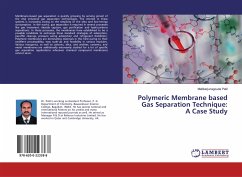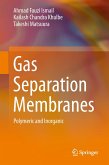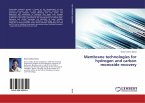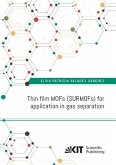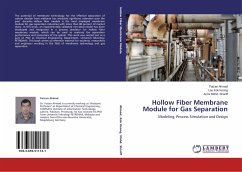The simplicity and low energy consumption of membrane separation equipment has made it an attractive process for solving gas separation problems. The ability of a membrane to selectively pass a mixed component in a steady state and prevent other components from passing through is a characteristic of an ideal membrane. The process of gas penetration through the membrane is a relatively simple process and for various reasons such as reducing air pollution, environmental control or profit and loss in the industrial sector has received much attention. Therefore, they have developed very quickly since they were first used industrially in 1979. Due to the many applications of pure gases, membranes are now used in various processes in which these gases are present. Another application of membranes in gas separation is the separation of hydrogen from its mixture with nitrogen, methane or carbon monoxide. Separation of carbon dioxide and hydrogen sulfide from natural gas is another successful use of membranes. Today, membrane manufacturers are increasingly focusing on the use of this technology in production processes.


